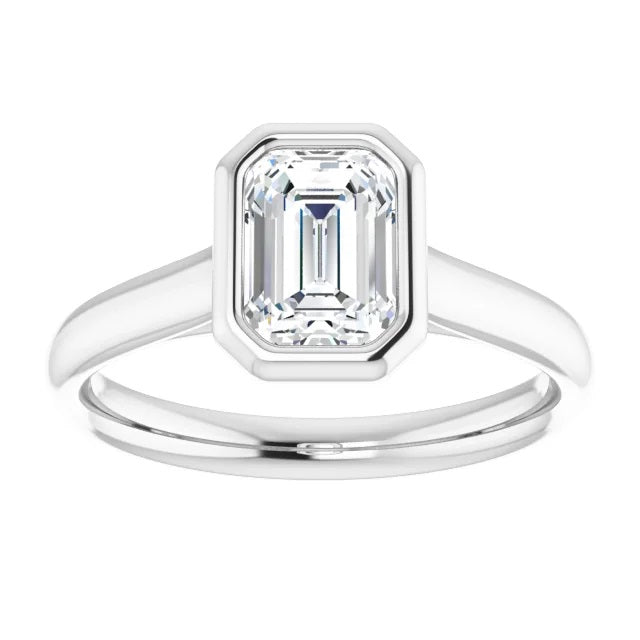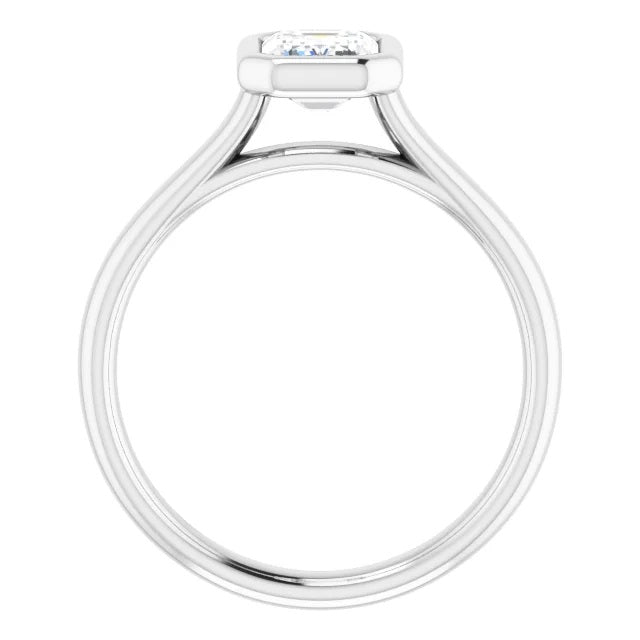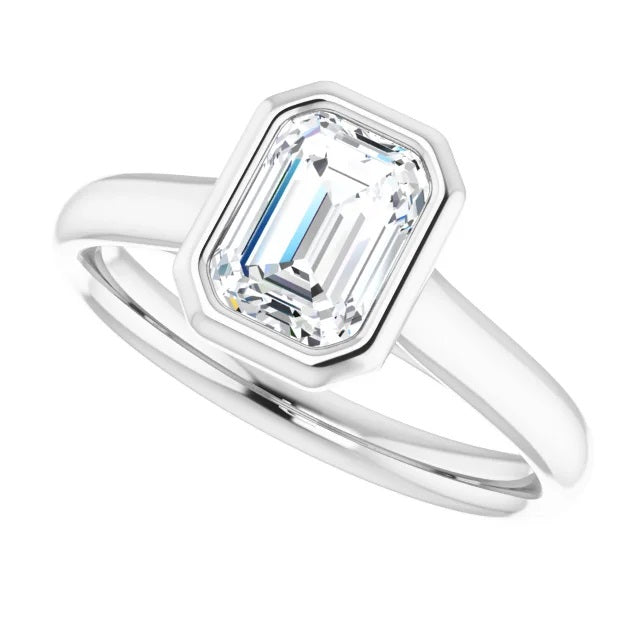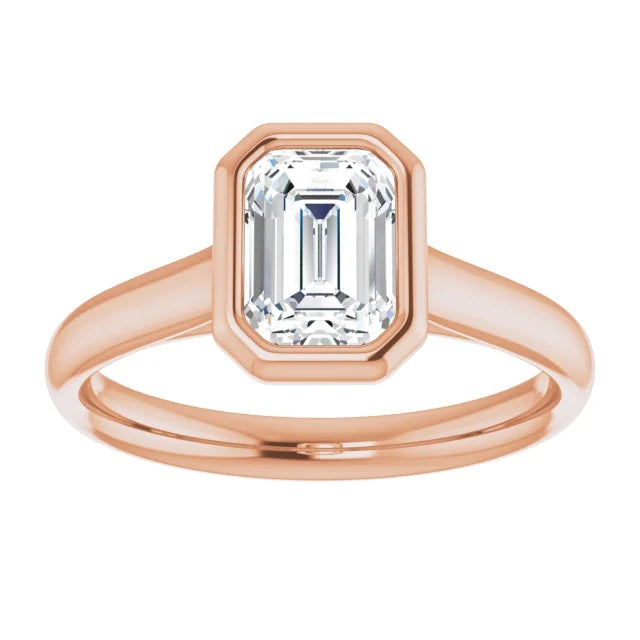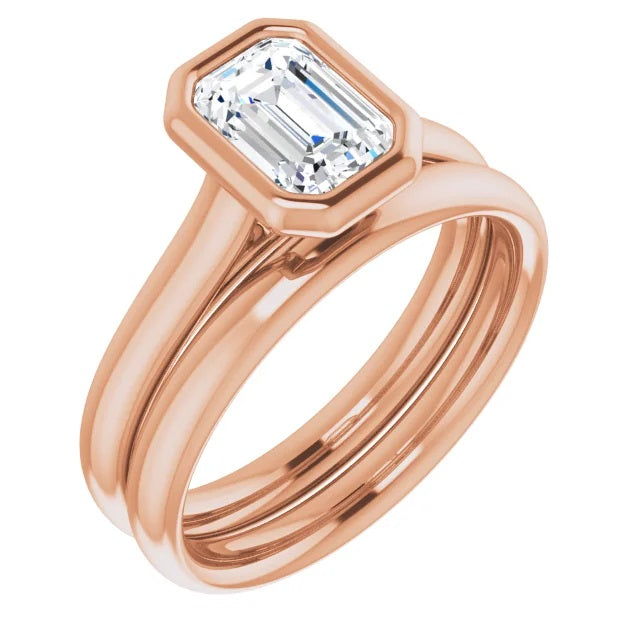1 Carat Radiant Cut Diamond Engagement Ring in Bezel Setting
- Regular price
- $1,675.00
- Sale price
- $1,675.00
- Regular price
Description
Description
1 Carat Radiant cut engagement ring and diamond engagement ring is a traditional, simple & classic design that will never go out of style. The emerald cut engagement ring & Radiant cut engagement ring shapes are quite popular as the shape size appears visually larger than the equivalent 1 carat round shape. The shape is flattering, since it elongated the finger appearance. Our unique emerald cut bezel ring features a lab grown diamond. Lab diamond rings are growing in popularity as people learn more about them and they are a very affordable option to a natural diamond. Lab grown diamonds have all the same physical and optical properties as a natural diamond are hold their value just as natural diamonds do (See article from the Gemological Institute of America below).
We used a 14k gold bezel setting style in your choice of white, yellow or rose gold. The bezel setting protects the corners of your diamond and it also adds a modern feel to the ring, with it's clean and sleek lines. The radiant cut is actually more brilliant than the standard emerald cut. We prefer cutting Radiant cuts over emerald for this reason. People use Radiant & emerald interchangeably.
♡ SPECIFICS:
Material: 14kt gold
Shank Base Thickness: 1.50 mm
Shank Base Width: 2.7 mm
Weight: 3.67 grams (size 7)
♡ STONE DETAILS:
Material: Lab grown diamond
7 X 5 Radiant/Emerald cut
Weight: 1.00 carat
Color: GHI
Clarity: SI
♡ SIZING:
Contact us if you need a larger size than listed here. Matching wedding ring is available to order. Contact us if interested.
*Note: Made to order item. Please allow 14 - 21 day production time.
♡ ARTICLE FROM GIA ON LAB GROWN DIAMONDS:
Two specimens of faceted crystalized carbon - both are crystal clear and give off a kaleidoscope of spectral colors in direct light. They appear to be identical. One, however, is a billion or more years old and the other was recently grown in a laboratory.
Both are diamonds, of course. The first is a natural diamond created by forces deep within the young Earth. The second is from a laboratory and possesses essentially the same chemical, physical and optical properties as its natural counterpart.
Diamond – the material, not the gem – is a mineral consisting of “essentially pure carbon crystalized in the isometric cubic system,” according to the U.S. Federal Trade Commission (FTC), which develops trading guides for the gem and jewelry industry.
Although the FTC says diamonds are essentially pure carbon, the vast majority of natural diamonds contain trace amounts of other substances, particularly nitrogen, which gives them a yellow color or (rarely) boron, which imparts a blue color. In addition, they usually contain inclusions, tiny bits of foreign material that were trapped in the still-forming diamond millions of years ago.
Laboratory-grown diamonds (also sometimes referred to as man-made or synthetic diamonds) entered the gem and jewelry market in commercial quantities about five years ago. Although identical in appearance to natural diamonds, they have very subtle differences that can only be detected by trained gemologists and sophisticated equipment designed for that purpose.





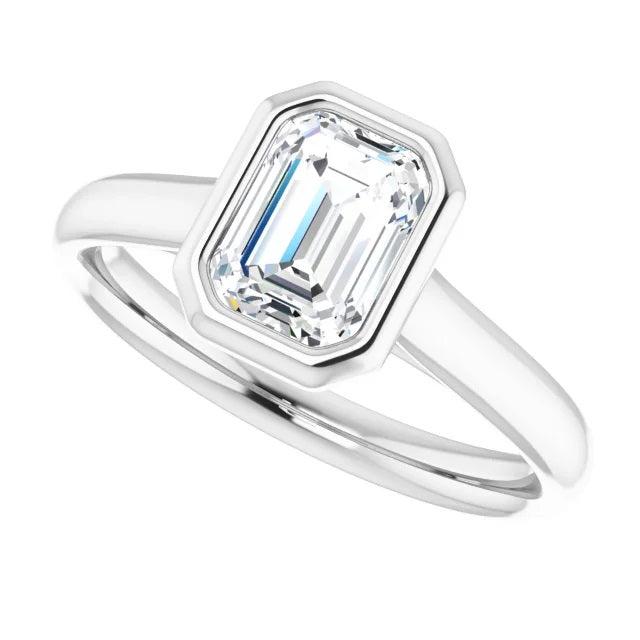
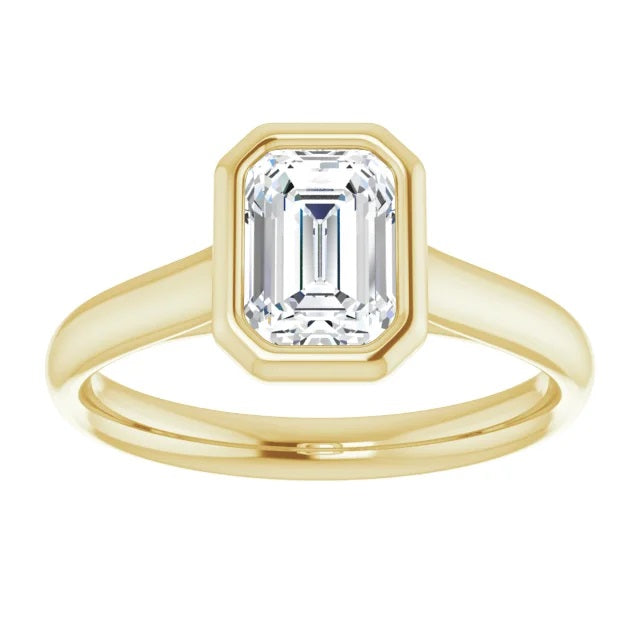

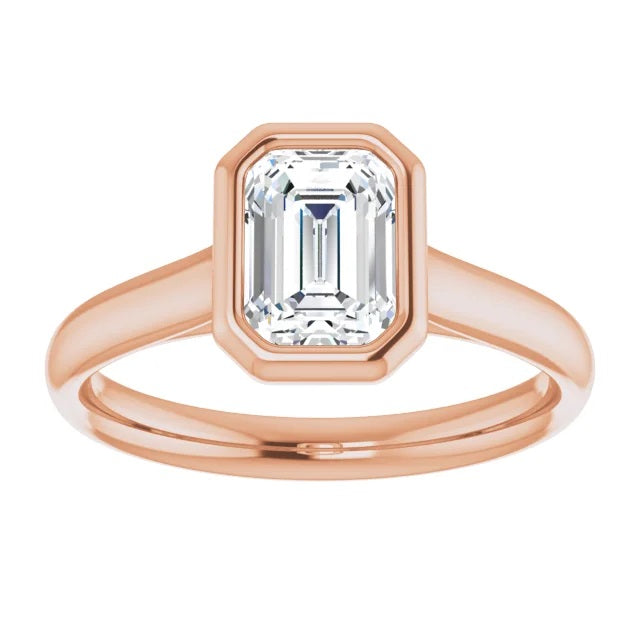

You may also like

